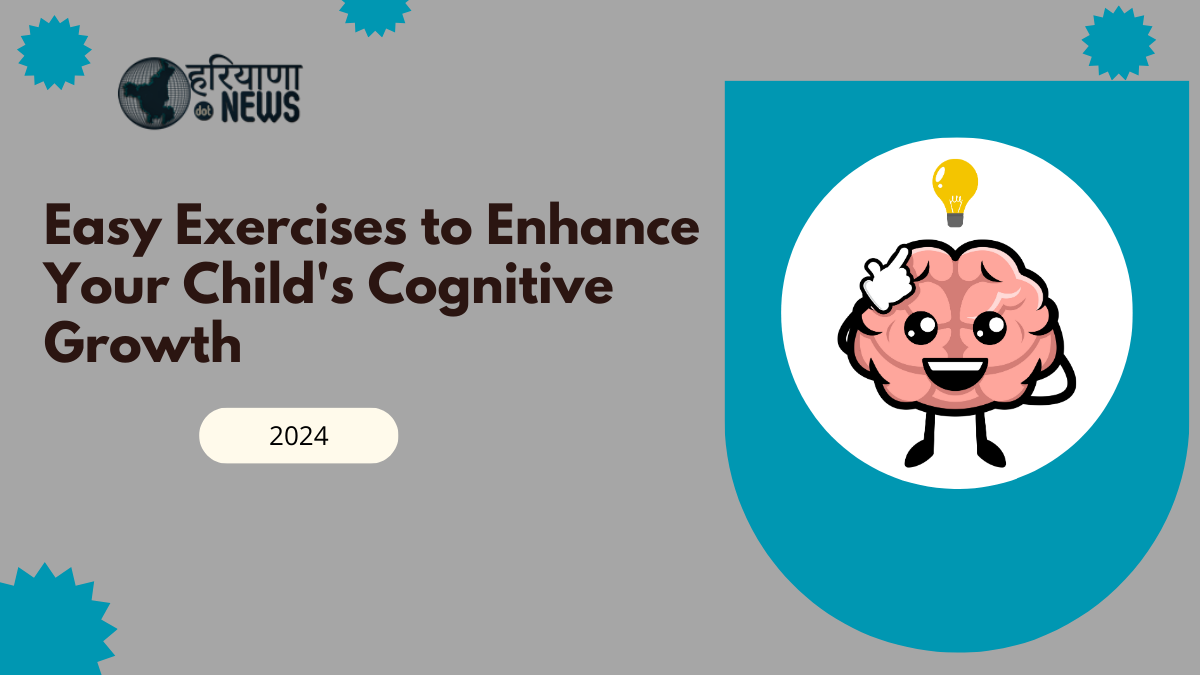Physical activity is essential not just for the body but also for the brain, especially in children. Light exercises, in particular, have shown a significant impact on the prefrontal cortex, which is responsible for cognitive functions like memory, decision-making, and attention. According to recent research, incorporating short, simple exercises can lead to improved cognitive development in children, enhancing their overall quality of life.
The Importance of Cognitive Development in Children
Children’s cognitive development is crucial as it impacts their ability to:
- Make sound decisions
- Retain and recall information (memory)
- Focus and maintain attention on tasks
By promoting these areas, children can excel both academically and in everyday life. Engaging in physical activities, even at a light level, plays a pivotal role in this process.
The Waseda University Study
A study conducted by researchers at Waseda University sheds light on how even low-intensity exercises can boost brain health in children. The study revealed that light exercises, performed for short periods, can enhance blood flow to the prefrontal cortex, which in turn supports improved cognitive functioning.
Key Highlights of the Study:
- Research Focus: Impact of light exercise on cognitive development
- Participants: 41 healthy school-aged children
- Exercises: Simple, low-impact exercises that can be done anywhere
- Key Findings: Enhanced blood flow to the brain’s prefrontal cortex
These findings are significant for children who lead sedentary lifestyles, which are increasingly common in today’s digital age.
Global Concerns About Children’s Physical Activity
It is alarming to note that around 81% of children worldwide do not meet the recommended physical activity levels. This lack of movement can hinder their cognitive development and brain function, potentially affecting their long-term growth.
While previous research has emphasized the benefits of moderate to vigorous physical activity, this new study provides a more accessible solution. Light exercises, which can be done at home or during breaks in the classroom, can offer significant benefits without requiring strenuous effort.
Easy Exercises for Brain Development
The exercises introduced in the Waseda University study are designed to be simple and easy to perform anywhere. These exercises can be incorporated into a child’s daily routine without the need for special equipment or preparation.
| Exercise | Description |
|---|---|
| Upward Stretch | Reach upward with folded hands to stretch the upper body |
| Shoulder Stretch | Stretch one arm across the chest to loosen shoulder muscles |
| Elbow Circles | Rotate elbows in wide circles to improve arm mobility |
| Trunk Twist | Twist the upper body to stretch the torso |
| Washing Hands | Rub hands together to promote hand-eye coordination |
| Thumb and Pinky | A dexterity exercise involving alternating thumb and pinky touches |
| Single-leg Balance | Stand on one leg to improve balance and coordination |
Benefits of These Exercises:
- Improved Blood Flow: Increased cerebral blood flow enhances brain activity, particularly in areas responsible for decision-making, memory, and attention.
- Accessibility: These exercises are easy to perform, require no special equipment, and can be done in short bursts, making them ideal for children of all ages.
- Cognitive Boost: Regular practice of these exercises can lead to better focus, improved memory retention, and sharper decision-making skills.
Study Results: How Light Exercise Impacts the Brain
The study’s results were precise: when children engaged in these simple exercises, their blood flow to the prefrontal cortex increased. This boost in blood flow is a strong indicator of heightened brain activity. Specifically, it benefits:
 Discovering the Ultimate Benefits of Amla Oil for the Best Haircare Experience
Discovering the Ultimate Benefits of Amla Oil for the Best Haircare Experience
 Breast Cancer: Key Early Symptoms Women in Their 20s, 30s, and 40s Should Not Overlook
Breast Cancer: Key Early Symptoms Women in Their 20s, 30s, and 40s Should Not Overlook
 A 30-Minute Bodyweight Workout That Requires No Equipment: Are You Up for the Challenge?
A 30-Minute Bodyweight Workout That Requires No Equipment: Are You Up for the Challenge?
 50% of Delhi Government Employees to Work from Home Amid Alarming Air Pollution Levels, Announces Gopal Rai
50% of Delhi Government Employees to Work from Home Amid Alarming Air Pollution Levels, Announces Gopal Rai
 Vitamin D Supplements May Help Lower Blood Pressure in Older Adults with Obesity
Vitamin D Supplements May Help Lower Blood Pressure in Older Adults with Obesity





- Decision-making: Enhances the ability to make thoughtful and informed choices
- Memory: Strengthens both short-term and long-term memory functions
- Attention and Focus: Improves the child’s ability to concentrate on tasks for more extended periods
These improvements contribute to better academic performance and social interactions, fostering a child’s overall development.
Simple Ways to Incorporate Exercise into a Child’s Routine
Incorporating these exercises into daily routines can be simple and fun. Here are a few tips:
- Morning Routine: Start the day with a few stretches and balance exercises.
- Breaks During Study: Encourage children to take short breaks during homework to do some shoulder stretches or trunk twists.
- In Between Classes: Schools can incorporate these exercises between lessons to help students refocus.
By making these exercises part of a child’s daily routine, we can help promote better brain development and improve their quality of life.
Conclusion
Incorporating light exercises into a child’s routine can significantly benefit their cognitive development. The research from Waseda University highlights how simple, low-impact exercises can increase blood flow to the prefrontal cortex, enhancing decision-making, memory, and attention.
Given the growing concern about sedentary lifestyles among children, these exercises offer an easy and effective way to promote brain health and cognitive growth. By introducing these simple exercises into your child’s routine, you can play an active role in their cognitive development, setting them up for a brighter, healthier future.
Disclaimer: This article is for informational purposes only. It is not a substitute for professional medical advice. Always consult a healthcare provider for any medical concerns.
Click Here To Know More.






